With the 2024 Olympics on the horizon, the world’s attention is turning to athletic equipment like never before. The Olympic fever is brewing, and athletes are seeking the tools to achieve their dreams of becoming champions. So, if businesses have a cutting-edge javelin ready for the spotlight, these insider tips will help them throw their marketing strategy further than ever. And if they don’t, this article will also drop tips on choosing javelins worthy of Olympic athletes.
Table of Contents
5 tips to help ensure Olympic-grade javelin offers reach the right audience
How to curate an “Olympic grade” javelin selection
Rounding up
5 tips to help ensure Olympic-grade javelin offers reach the right audience
#1. Establish the target audience and understand the product

Olympic-grade javelins mean the best of the best. So, the first step to marketing them is identifying the correct target audience. The primary focus here will be professional track and field athletes competing in javelin events at national and international levels (Olympics, World Championships, etc.).
High-level collegiate programs are another great audience to target. University track and field programs always look for the best equipment for their athletes, including javelins. Finally, some dedicated high school athletes may invest in high-quality javelins for training and competitions, so don’t write them off.
The next part of this first step is helping the target audience understand why these javelins are “Olympic-grade.” Highlight the superior performance by emphasizing the precision, craftsmanship, and superior aerodynamics that meet those Olympic standards. Then, highlight unique materials or technologies that impact flight characteristics, durability, and performance.
#2. Include technical data and performance metrics on product pages

There’s only so much marketing claims can do. Consumers may be attracted by words like “Super aerodynamics” and “Superior performance,” but they won’t make that purchase if they don’t see anything that proves such claims. This second tip will show businesses three ways to boost their Olympic-grade javelin product pages with technical data and performance metrics.
Aerodynamic analysis
Go beyond generic claims of superior flight. Partner with engineering labs or wind tinner facilities to get precise data on the javelin’s drag coefficients, lift, and stability curves. Then, publish this data in technical whitepapers or digestible infographics for technically-minded athletes and coaches.
Material science
Break down the composition of the javelin materials (carbon fiber weaves, alloy types, etc.). Then, showcase how these choices translate into performance advantages, like weight distribution, flex patterns, and durability under extreme throwing conditions.
Comparative benchmarking
Additionally, conduct or commission independent testing comparing the javelins against top competitors. These quantifiable metrics (like average throw distances, flight consistency, and accuracy under different wind conditions) will provide compelling evidence for pro athletes.
#3. Use regulatory changes and trends to your advantage
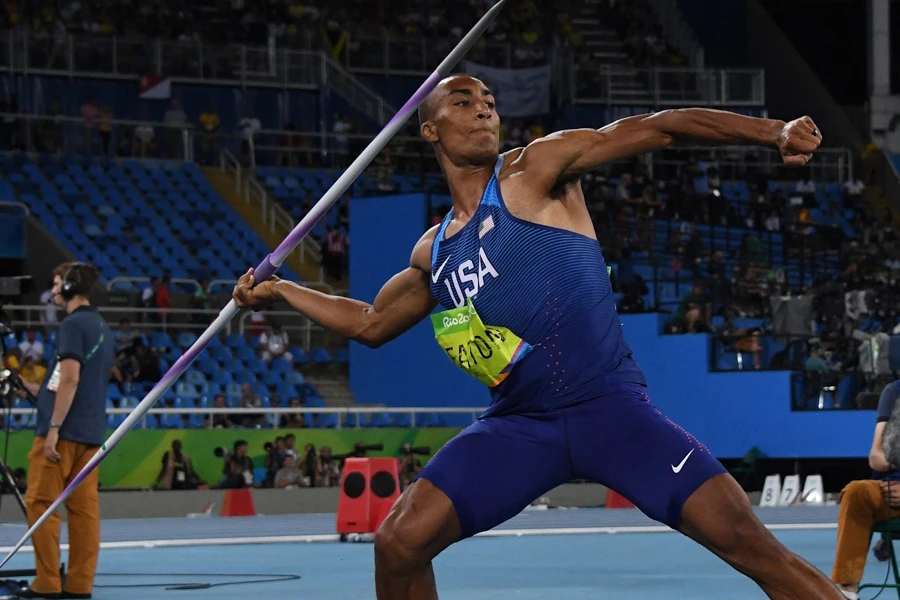
Like the products themselves, rules and regulations are bound to change. But businesses don’t have to fall behind by offering outdated javelins—they can use regulatory changes and trends to their advantage. But before that, retailers must avoid assuming the target audience won’t know about new changes. Now, here are three areas to look at when leveraging such updates.
IAAF rule updates
Stay meticulously informed of any potential IAAF regulation changes regarding javelin specifications. If any changes happen, proactively adapt the inventory and highlight how the javelins are ahead of the curve. This strategy demonstrates industry leadership and reassures athletes.
Emerging technologies
Monitor advances in materials science, manufacturing techniques, or even sensor technology that could be integrated into future javelins. Retailers must position their business as innovative by hinting at future development possibilities (without revealing trade secrets, of course).
Sustainability angle
Sustainability is still a huge trend, meaning retailers can explore eco-friendly options in materials or production for their javelins. This strategy could resonate with a growing eco-conscious segment of athletes and aligns with larger trends in sporting goods.
#4. Don’t ignore niche marketing channels
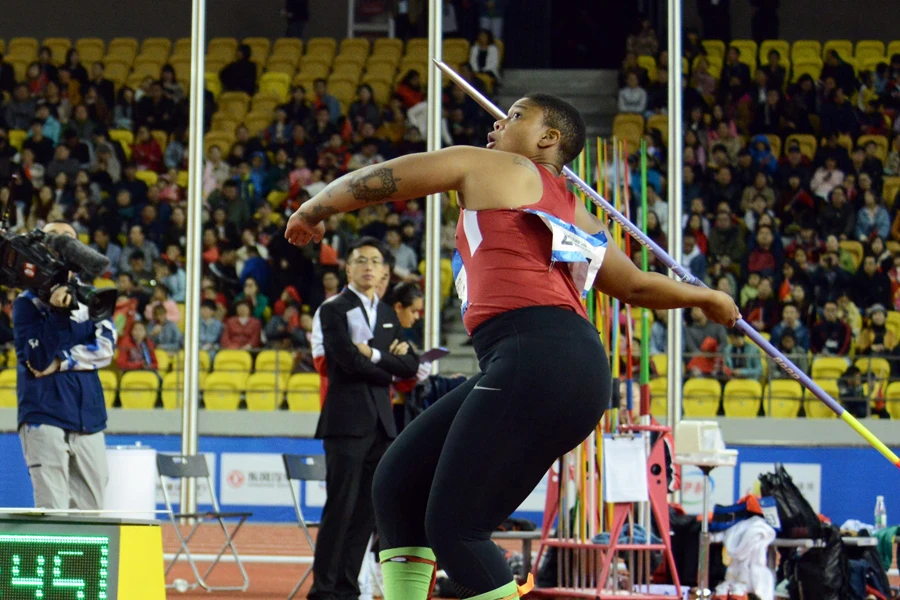
Traditional advertising, social media, and other online ads are great ways to draw more attention to javelins. But niche marketing channels are also a great way to rake in dedicated traffic, so don’t ignore them. In truth, niche marketing channels may lead to more sales than broader advertising efforts. Here are some niche marketing channels that may bring good results.
Hyperlocal track & field networks
Identify smaller, highly dedicated track and field clubs or training centers and offer exclusive trial programs, athlete appearances, or early access to new product lines within these tight-knit communities.
Data analytics sponsorship
Another great way to leverage niche marketing channels is by sponsoring data analytics platforms that track athlete performances and trends. With this strategy, businesses can integrate their javelins into athlete feedback and performance analysis platforms, building awareness amongst data-driven coaches and athletes.
#5. Try a different angle with “myth-busting” and counterintuitive campaigns
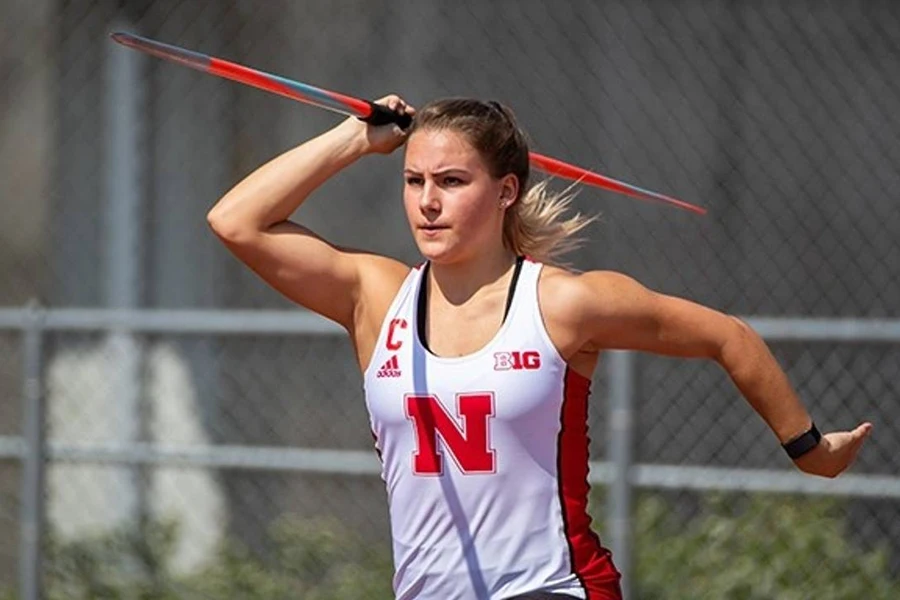
Every market has its myths and misinformation, but businesses can transform them into a way to market their products, including javelins. How? With myth-busting and counterintuitive campaigns. The javelin world might hold some assumptions about design or training (e.g., heavier javelins always fly farther), and tackling these assumptions can be a great way to push the business to new audiences.
Conduct well-controlled experiments to challenge some of these beliefs while showcasing how the offered javelins break the mold. This strategy also creates intrigue and positions the business as disruptive. What if retailers are new to the Olympic scene? They can also use that to their advantage.
In such cases, the “underdog” narrative becomes pretty effective. The focus here is on driving innovation and disrupting the established order. It’s a great way to resonate with athletes tired of the same old brands.
How to curate an “Olympic grade” javelin selection
Choose the right design type
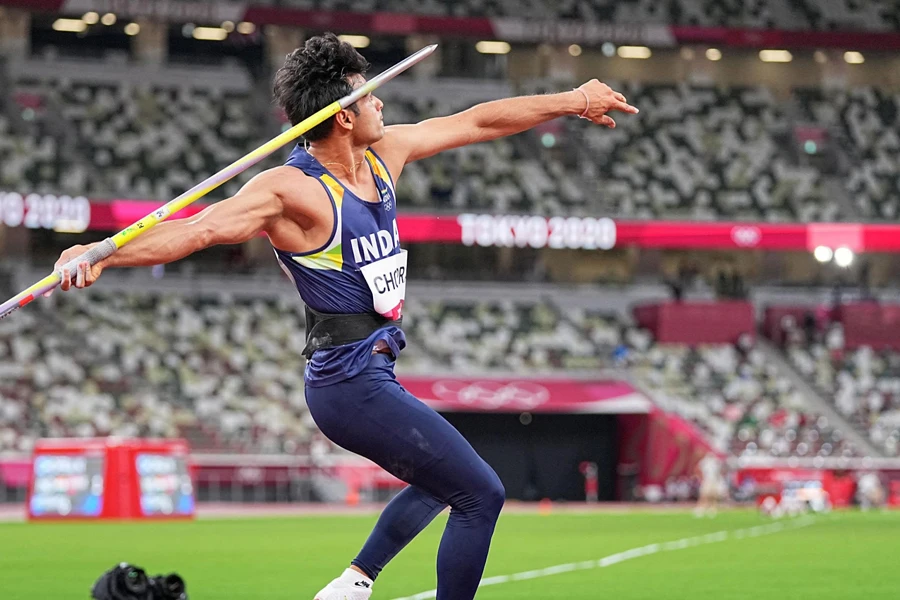
Javelins have up to three design types that provide different effects when thrown. Each type also feels perfect for different throwers and helps complement their weaknesses. Here’s a closer look at each one.
Headwind

Headwind javelins come with designs that easily cut through the wind. Their design also gives them self-correcting characteristics that can add some distance to missed throws. Headwind javelins are perfect for power throwers with high strength and torque and poor technique.
Tailwind
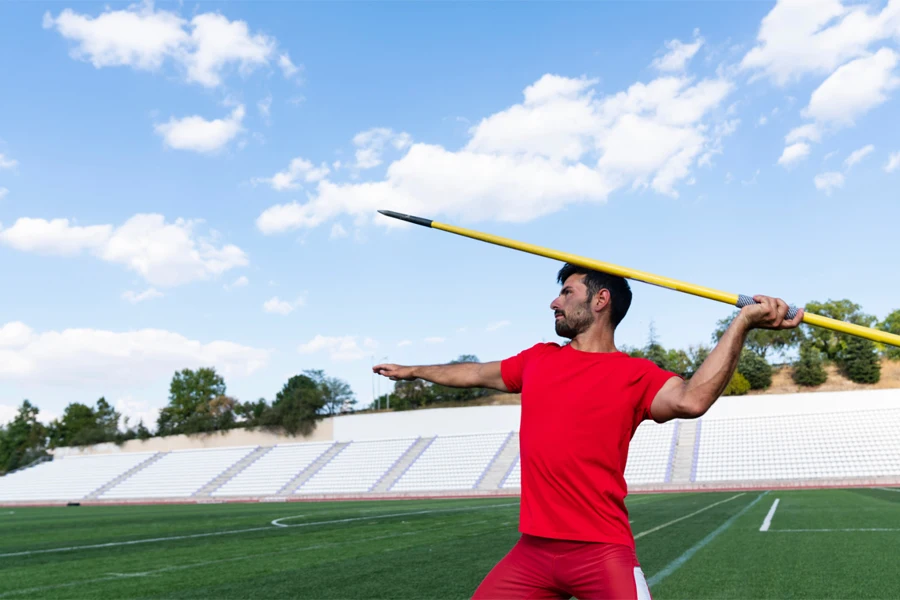
Tailwind javelins are thicker and more blunted at the tip. They have a beautiful floating flight and can cover greater distances on a single throw. However, they require some technique, so finesse throwers prefer using them to make up for their lack of high-power output.
Carbon-1
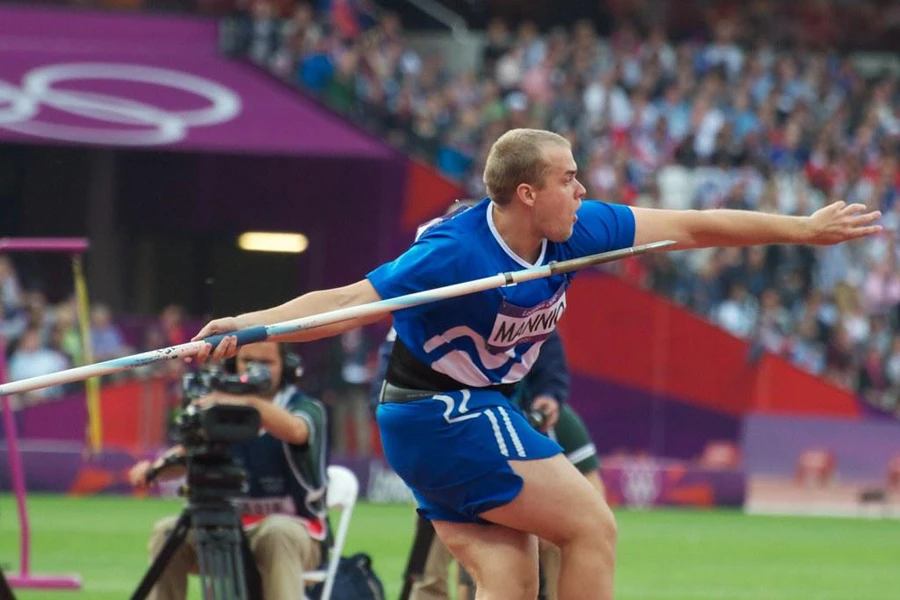
Carbon-1 designs offer up to 40% quicker damping rates, resulting in low vibrations and longer flights. When athletes make a clean throw, these javelins look like they float, making them a favorite of more advanced throwers.
Check the flex rate scale

The flex rate scale determines who can use the javelin. Usually, manufacturers calculate them on a scale from 0-20, with the higher number meaning greater flex. Javelins with lower flexes can easily reach maximum distances, while those with higher flexes are better for training and beginner throwers. Olympic-grade javelins often have lower flex rates (4.8 to 6.6) to maintain consistent performance.
Stock based on throwing weight rules
Javelins also have different weight guidelines for genders and age groups. The table below provides more information on the throwing weight rules.
| Age group (men) | Weight | Age group (women) | Weight |
| U13 Men | 400g | U13 Women | 400g |
| U15 men | 600g | U15 women | 500g |
| U17 men | 700g | U17 women | 500g |
| Junior men | 800g | Junior women | 600g |
| Senior men | 800g | Senior women | 600g |
| Men 35-49 | 800g | Women 35-49 | 600g |
| Men 50-59 | 700g | Women 50-74 | 500g |
| Men 60-69 | 600g | Women 75+ | 400g |
| Men 70-79 | 500g | ||
| Men 80+ | 400g |
Javelin material

Most experts recommend beginners start with aluminum javelins for their flexibility. These novices will find throwing such javelins easiest, especially for training. But when it comes to “Olympic-grade” javelins, most advanced athletes use options made from steel. They are much stiffer, produce fewer vibrations after a throw, and can support more straightforward flights.
Rounding up
The javelin throw is a popular sport that constantly attracts new eyes. According to Google data, 201,000 people are searching for Javelins in May 2024. But with demand high and inventories stocked, failing to market properly won’t attract consumers. Thankfully, retailers can follow the tips discussed above to position their Olympic-grade javelins properly for more sales.
And if inventories aren’t stocked, remember to prioritize the three defining features of “Olympic-grade” javelins to create awesome offers in 2024. Alibaba’s Sports category has many more topics like this, so remember to subscribe!




